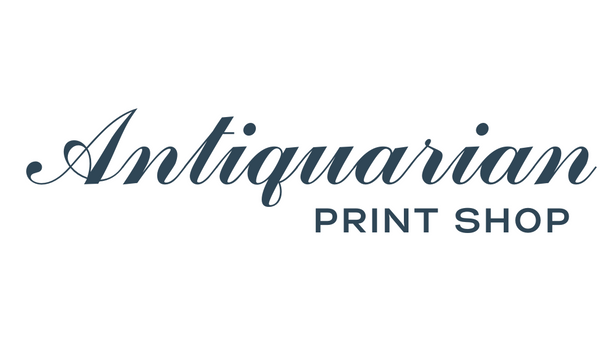Antiquarian Print Shop
Historical, De Sainson, Forest on Peel Island Beach (the Bonin-Sima), c1798
Historical, De Sainson, Forest on Peel Island Beach (the Bonin-Sima), c1798
Couldn't load pickup availability
Date: c1798
Artist: De Sainson
Paper Size: 265 x 170mm
Condition: Good
Technique: Copperplate Engraving
Price: $195
Description:
The Bonin-Sima is a member of the Bailey or Coffin group of islands. From Japanese records, these islands were known to Japan in 1593.
Provenance:
De Sainson's Astrolabe refers to a series of illustrations created by French artist Auguste-Henri-Victorin de Sainson during the mid-19th century. These illustrations were part of the official account of the French scientific expedition led by Jules Dumont d'Urville, which explored the Pacific Ocean and Antarctica from 1837 to 1840.
De Sainson's illustrations were not lithographs, but rather engravings. They were created using a technique called intaglio engraving, which involves incising an image onto a metal plate, typically copper, and then printing the plate onto paper. The resulting illustrations were then hand-colored to add detail and vibrancy.
De Sainson's illustrations in the Astrolabe expedition account are known for their accuracy and beauty, depicting the landscapes, flora, fauna, and cultures encountered during the expedition. They were highly regarded for their scientific and artistic value and contributed to the understanding of the Pacific region and Antarctica during that time period.
The voyage of de Sainson refers to the expeditions led by the French naval officer and explorer, Alphonse de Sainson, during the early 19th century. De Sainson participated in two major expeditions aboard the French corvette Astrolabe, under the command of Jules Dumont d'Urville, between 1826 and 1829, and then again between 1837 and 1840. These expeditions aimed to explore and map remote regions of the Pacific Ocean, including parts of the South Pacific, the Antarctic, and the Pacific Northwest.
During the first expedition (1826-1829), de Sainson served as the official artist on board the Astrolabe. The expedition departed from France in 1826, sailed across the Atlantic Ocean, rounded Cape Horn, and explored various islands in the South Pacific, including the Society Islands, Fiji, Tonga, and New Zealand. De Sainson documented the flora, fauna, and indigenous cultures of these regions through his detailed illustrations, sketches, and paintings, which provided valuable insights into the natural history and ethnography of the Pacific.
Prints from this voyage are available on this site under Astrolabe
In 1829, the Astrolabe returned to France, and de Sainson's artistic works were published in a series of volumes titled "Voyage Pittoresque Autour du Monde" (Picturesque Voyage Around the World). These volumes, with illustrations by de Sainson and text by d'Urville, became popular and influential, providing Europeans with vivid visual depictions of the Pacific and its people.
De Sainson's second expedition (1837-1840) with the Astrolabe was focused on exploring the Pacific Northwest, particularly the coastlines of present-day Alaska, British Columbia, and Washington State. The expedition aimed to study the region's geography, indigenous cultures, and natural resources, and de Sainson continued to document his observations through his artistic works.
The voyage of de Sainson, along with the expeditions led by d'Urville, made significant contributions to the fields of geography, cartography, ethnography, and natural history, providing valuable insights into the Pacific regions during the 19th century. De Sainson's artistic works continue to be studied and appreciated for their historical, cultural, and scientific significance.
Louis Auguste De Sainson
Born in 1801 in France, De Sainson was a naval clerk and topographical artist. He visited Australia in 1826 with the Dumont d'Urville expedition . Many of his drawings of Australia, its aboriginals and geographical features were and widely illustrated in books of the period. His work was exhibited in the exhibition, The Colonial Eye at the Art Gallery of Western Australia in 1979. less
Share


